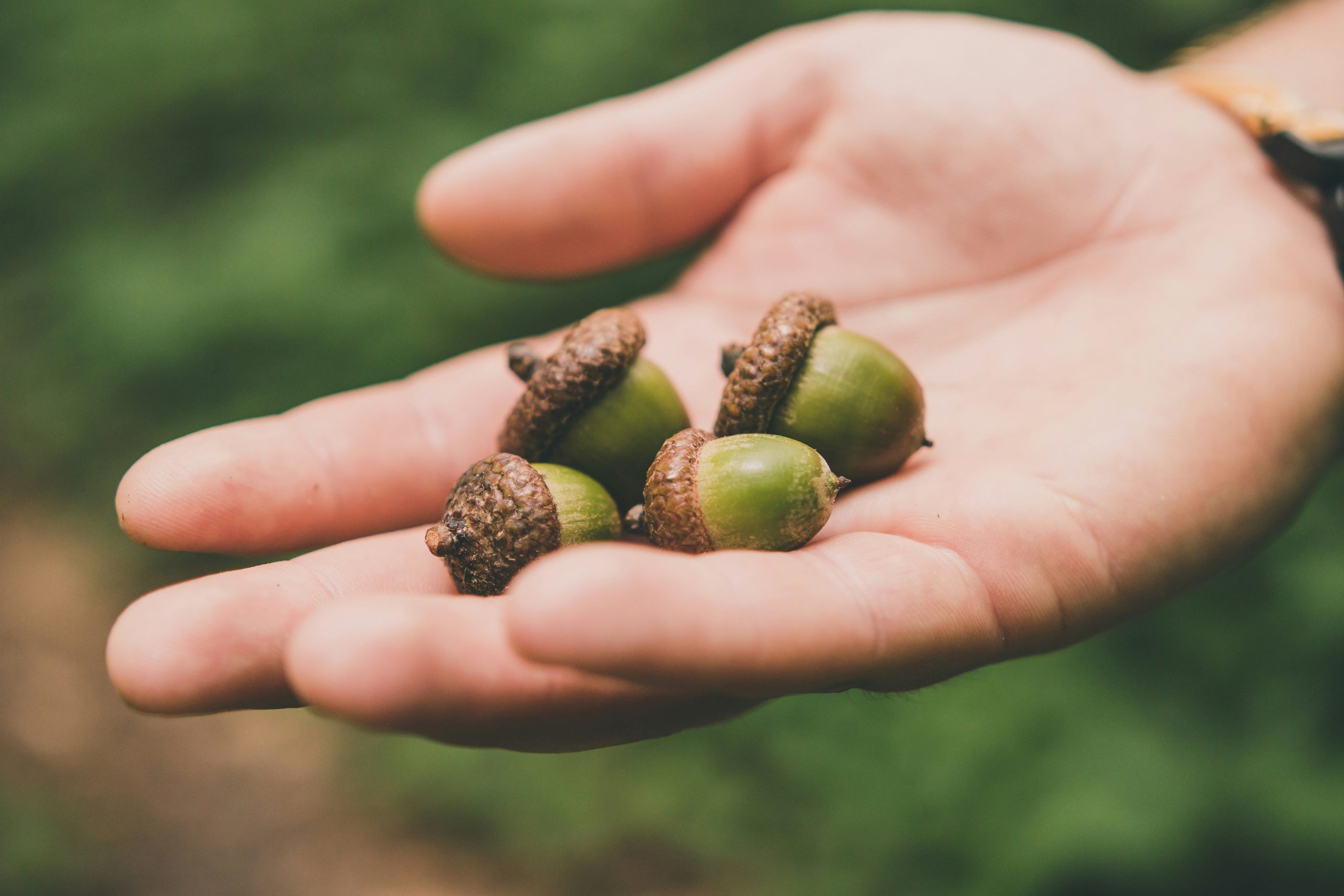|
Getting your Trinity Audio player ready...
|

- By Dr Jennifer Stone, BVSc (Dist.) BSc
Poisoning by tannins and volatile phenols from oak trees is relatively common. Ingestion of
acorns is the most common cause, but ingestion of leaves and young shoots can also cause
toxicity.
Clinical signs of toxicity develop soon after ingestion (within days), and young
animals seem to be more severely affected than older animals. It is often seasonal, occurring in autumn when the acorn ‘crop’ is at its highest and more are present on the ground around the trees.
Prevention
Be aware and avoid grazing youngstock, especially around acorn trees, at this time of year in a drought, as there is little other feed available, and the risk of ingestion is high.
Symptoms
Oak tannins are nephrotoxic, meaning they cause kidney damage. Affected animals will often present with some of the following clinical signs:
- Diarrhoea (black and watery, sometimes bloody)
- Increased urination
- Lethargy
- Reduced appetite
- Dehydration
- Oedema (swelling under the jaw or abdomen)
- Sometimes, sudden death may occur.
Diagnosis
Diagnosis can be challenging, so a diagnosis is generally made based on a history of the
animal grazing in an area where oak trees or acorns are present on the ground, typically in
autumn.
Blood tests may be performed to assess the level of injury the kidneys have sustained, which can be helpful in determining the prognosis for an individual animal.
Treatment
Animals should be removed from the area where the oak/acorns are present immediately.
There is no specific treatment for acorn toxicity, but supportive care can be provided.
Veterinary care may include fluid therapy with IV, subcutaneous, or oral fluids (depending on the species, size, and age of the affected animal) with ad-lib access to oral fluids, pain relief, and energy supplementation for lethargic animals.
Ad-lib feed (hay, grass, or supplementary feed) as a form of nursing care may be beneficial, especially if the animal is not eating well.
If the animal is spending more time lying down, then a soft and sheltered area should be provided. In severe cases, the prognosis is poor to grave.


